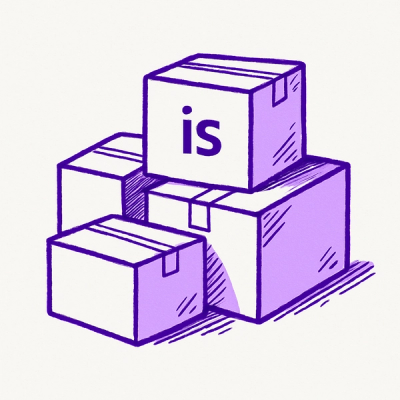
Research
/Security News
Toptal’s GitHub Organization Hijacked: 10 Malicious Packages Published
Threat actors hijacked Toptal’s GitHub org, publishing npm packages with malicious payloads that steal tokens and attempt to wipe victim systems.
github.com/alexandear/chromedp
Package chromedp is a faster, simpler way to drive browsers supporting the
Chrome DevTools Protocol in Go without external dependencies.
Install in the usual Go way:
$ go get -u github.com/chromedp/chromedp
Refer to the Go reference for the documentation and examples. Additionally, the examples repository contains more examples on complex actions, and other common high-level tasks such as taking full page screenshots.
I can't see any Chrome browser window
By default, Chrome is run in headless mode. See DefaultExecAllocatorOptions, and
an example to override the default options.
I'm seeing "context canceled" errors
When the connection to the browser is lost, chromedp cancels the context, and
it may result in this error. This occurs, for example, if the browser is closed
manually, or if the browser process has been killed or otherwise terminated.
Chrome exits as soon as my Go program finishes
On Linux, chromedp is configured to avoid leaking resources by force-killing
any started Chrome child processes. If you need to launch a long-running Chrome
instance, manually start Chrome and connect using RemoteAllocator.
Executing an action without
Runresults in "invalid context"
By default, a chromedp context does not have an executor, however one can be
specified manually if necessary; see issue #326
for an example.
I can't use an
ActionwithRunbecause it returns many values
Wrap it with an ActionFunc:
ctx, cancel := chromedp.NewContext(context.Background())
defer cancel()
chromedp.Run(ctx, chromedp.ActionFunc(func(ctx context.Context) error {
_, err := domain.SomeAction().Do(ctx)
return err
}))
I want to use chromedp on a headless environment
The simplest way is to run the Go program that uses chromedp inside the
chromedp/headless-shell image. That image contains
headless-shell, a smaller headless build of Chrome, which chromedp is able
to find out of the box.
headless-shell - A build of headless-shell that is used for testing chromedpchromedpgithub.com/chromedp/cdproto - Go reference for the generated Chrome DevTools Protocol APIgithub.com/chromedp/pdlgen - tool used to generate cdprotogithub.com/chromedp/chromedp-proxy - a simple CDP proxy for logging CDP clients and browsersFAQs
Unknown package
Did you know?

Socket for GitHub automatically highlights issues in each pull request and monitors the health of all your open source dependencies. Discover the contents of your packages and block harmful activity before you install or update your dependencies.

Research
/Security News
Threat actors hijacked Toptal’s GitHub org, publishing npm packages with malicious payloads that steal tokens and attempt to wipe victim systems.

Research
/Security News
Socket researchers investigate 4 malicious npm and PyPI packages with 56,000+ downloads that install surveillance malware.

Security News
The ongoing npm phishing campaign escalates as attackers hijack the popular 'is' package, embedding malware in multiple versions.